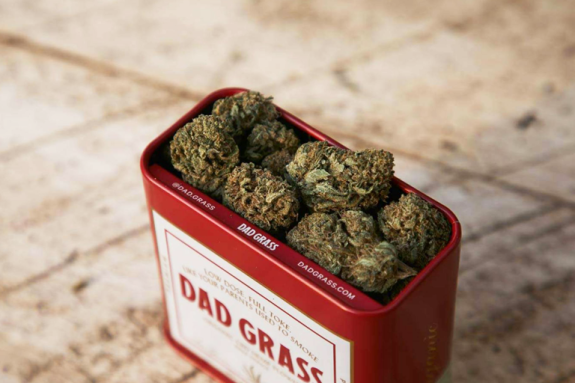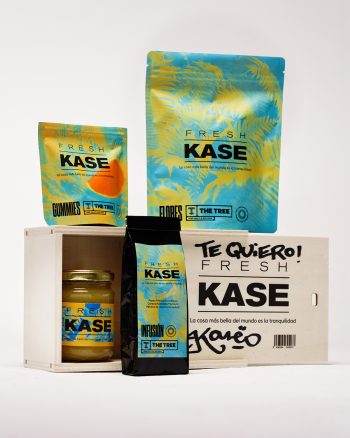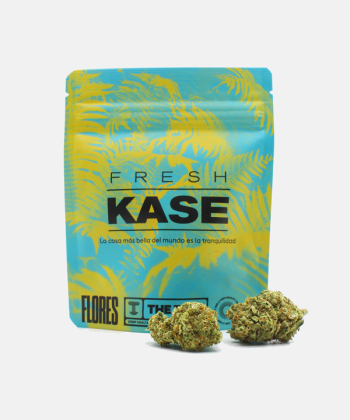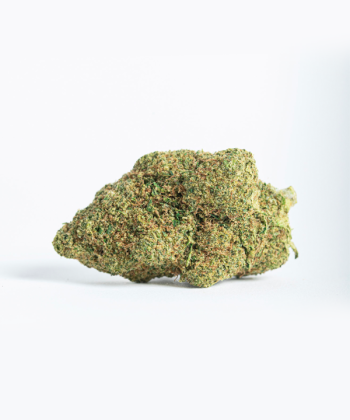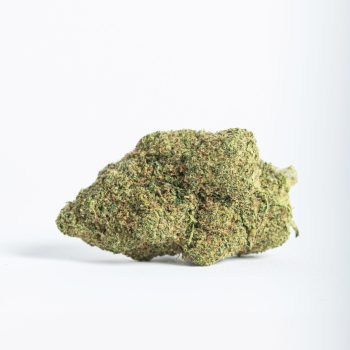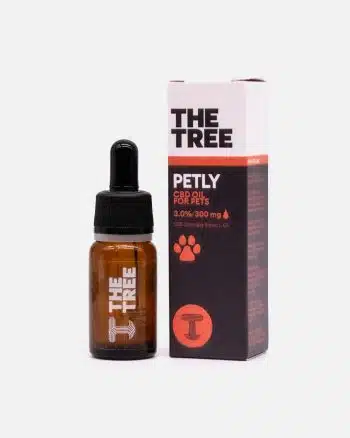The synergistic effects of various cannabinoids and terpenes on the body are known as the entourage effect. When the potential of cannabinoids was first explored, those doing the research followed the same approach as with other natural active ingredients.
Typically, to study the effect of a particular substance, it is isolated and administered to laboratory mice or humans, depending on whether it involves an experimental model or a clinical trial with real patients. This process of isolating the substance separates it from any other compounds, resulting in the pure substance (molecule).
It was Raphael Mechoulam himself, the father of cannabis research and discoverer of THC as the active ingredient in marijuana, who coined the expression “entourage effect”.
In studying the effects of the cannabinoid 2-AG, he and his team found that two fatty acids enhanced its effect without binding to endocannabinoid receptors. In other words, two cannabis compounds that were not cannabinoids enhanced the effects of one that was. The result of this research was published in 1998 and it was the first publication to mention the entourage effect¹.
 How does the entourage effect influence the efficacy of CBD?
How does the entourage effect influence the efficacy of CBD?
A few years later, in 2011, Dr Ethan Russo of the University of Massachusetts published a paper on the synergy of phytocannabinoids and other compounds, such as terpenes and flavonoids².
It describes the action of various phytocannabinoids and terpenes, as well as the results of their interaction, concluding that their combination can produce more significant effects than when used in isolation².
With regard to CBD, it suggests that linalool and limonene, which are molecules that give cannabis and other plants their aroma, act synergistically with CBD, enhancing its anxiolytic effects².
It also explains that CBD can help mitigate the psychotropic effects of THC, which may be useful for those who need to take it for medical reasons. In this instance, the psychopharmacological action of limonene, pinene, and linalool could enhance this effect of CBD².
Lastly, in relation to the potential benefits of CBD for improving sleep quality, terpenoids with analgesic, anxiolytic, or sedating effects may complement this activity, in particular caryophyllene, linalool, and myrcene².
What are the compounds involved in the entourage effect of CBD?
Although there are many compounds that can play a role in the entourage effect of CBD and trigger it, they can be mainly classified into three groups:
- Phytocannabioids: these are chemical compounds found in the cannabis plant, which contains over 100 different phytocannabinoids. It is believed that the combination of several phytocannabinoids can produce more potent effects than when used in isolation.
- Terpenes are aromatic compounds found in many types of plants, including cannabis. It is believed that they may interact with phytocannabinoids to produce more potent effects, as explained in the previous section.
- Flavonoids: chemical compounds found in cannabis and other plants that can interact with phytocannabinoids and terpenes to enhance their effects.
What kind of products contribute to the CBD entourage effect?
Products containing a combination of various compounds from the cannabis plant, including cannabinoids, terpenes, and flavonoids, can contribute to the entourage effect of CBD. In other words, all full spectrum or broad spectrum products may contribute to the entourage effect.
While both product types contain cannabinoids, terpenes, and flavonoids, what sets them apart is their THC content. This cannabinoid, as explained above, is the main active component of marijuana and is responsible for its intoxicating effects. For this reason, legally speaking, the maximum THC content for any cannabis product is 0.2%.
Full spectrum products contain all the natural chemical compounds present in the cannabis plant, in addition to CBD, including THC at legally permitted levels, as well as terpenes and flavonoids.
Broad spectrum products, meanwhile, are similar to full spectrum products in that they also contain all the terpenes and flavonoids that cannabis produces, in addition to CBD. However, in this instance, the broad spectrum products have undergone an extraction process to remove THC completely.
In short, the entourage effect of CBD consists of the synergistic action of the various compounds in the cannabis plant, such as cannabinoids, terpenes, and flavonoids. CBD products containing these substances naturally produced by the cannabis plant are broad spectrum and full spectrum CBD products.
References
- Ben-Shabat, S., Fride, E., Sheskin, T., Tamiri, T., Rhee, M. H., Vogel, Z., … & Mechoulam, R. (1998). An entourage effect: inactive endogenous fatty acid glycerol esters enhance 2-arachidonoyl-glycerol cannabinoid activity. European journal of pharmacology, 353(1), 23-31.
- Russo, E. B. (2011). Taming THC: potential cannabis synergy and phytocannabinoid‐terpenoid entourage effects. British journal of pharmacology, 163(7), 1344-1364.

 How does the entourage effect influence the efficacy of CBD?
How does the entourage effect influence the efficacy of CBD?
